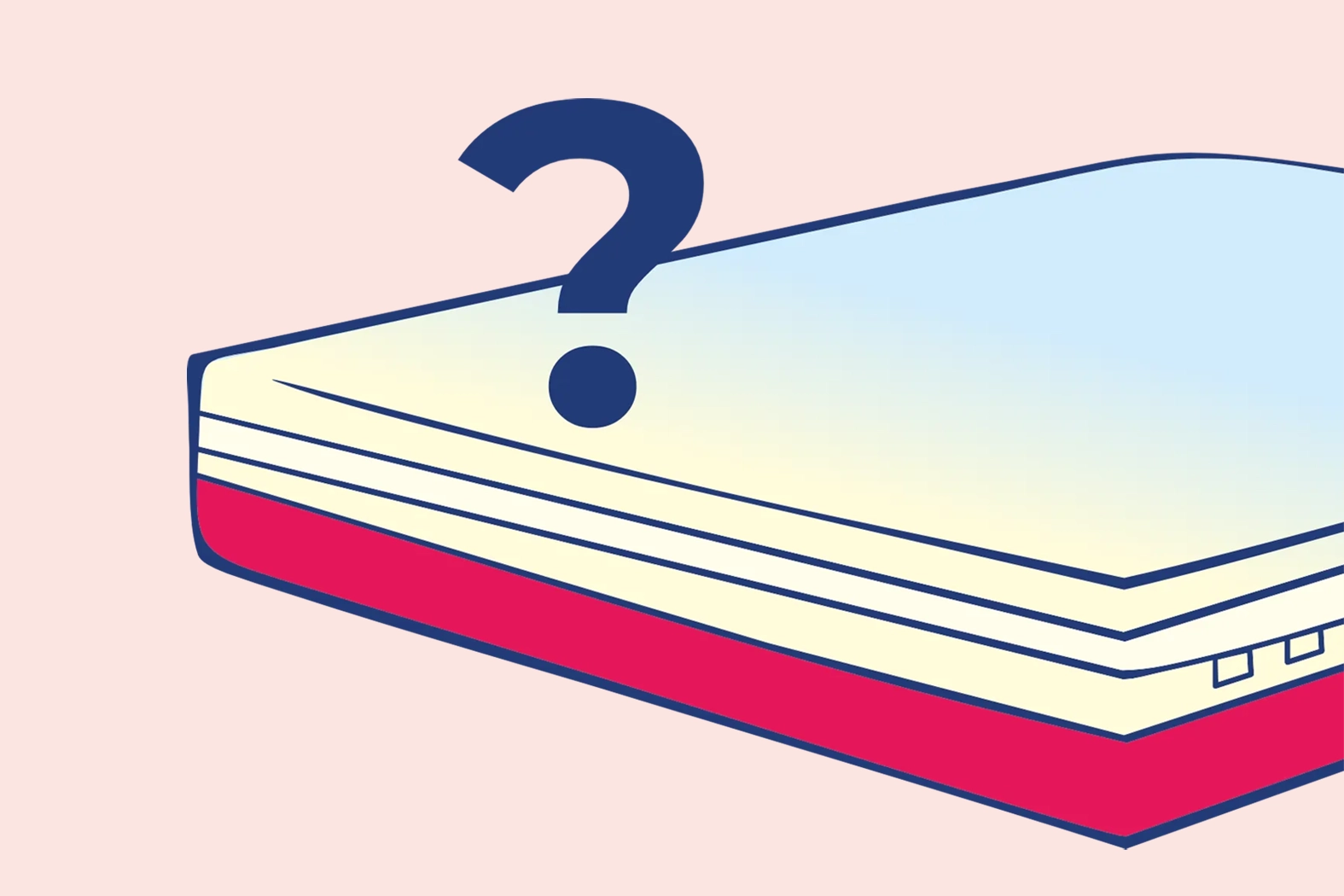To provide services at the highest level, we use cookies. Using the website requires you to choose settings related to their storage on your device. If you want to know what each type of cookie is used for, click the Details button below.
Is it normal for a mattress to yellow?10 października 2024 |

Sleeping mattresses, especially those made from polyurethane foams (T, HR, or V), can turn yellow over time. It doesn't matter whether it is memory foam, high-resilience foam, or traditional foam. This happens mainly due to exposure to UV rays and contact with oxygen, which triggers natural chemical reactions in the materials used to manufacture the mattress. This does not affect the mattress's functionality.
The yellowing of mattress foam does not necessarily indicate poor hygiene. The mattress cover may change color due to dirt, moisture, or sweat, which could be a result of insufficient hygiene. However, the yellowing of the foam itself is a natural process and usually does not mean that the mattress is dirty or damaged, but simply that its color changes due to oxidation.
No, as a rule, the change in foam color does not affect its quality. More important are technical parameters such as the type of foam, its density, and firmness, which determine the mattress's functionality and comfort.
The yellowing of polyurethane foam, regardless of its type (V, HR, or T), is a result of exposure to UV rays and oxygen. All polyurethane foams, which contain aromatic groups from isocyanate, yellow when exposed to sunlight and air. This should not cause concern, as it is a harmless and natural process.
Restoring the original color of a yellowed mattress is impossible. The yellowing of foam in a mattress is a chemical process that does not affect the comfort or usabizlity of the product, so the color change should not be a cause for concern. However, you can slow down the yellowing process by avoiding direct sunlight exposure.